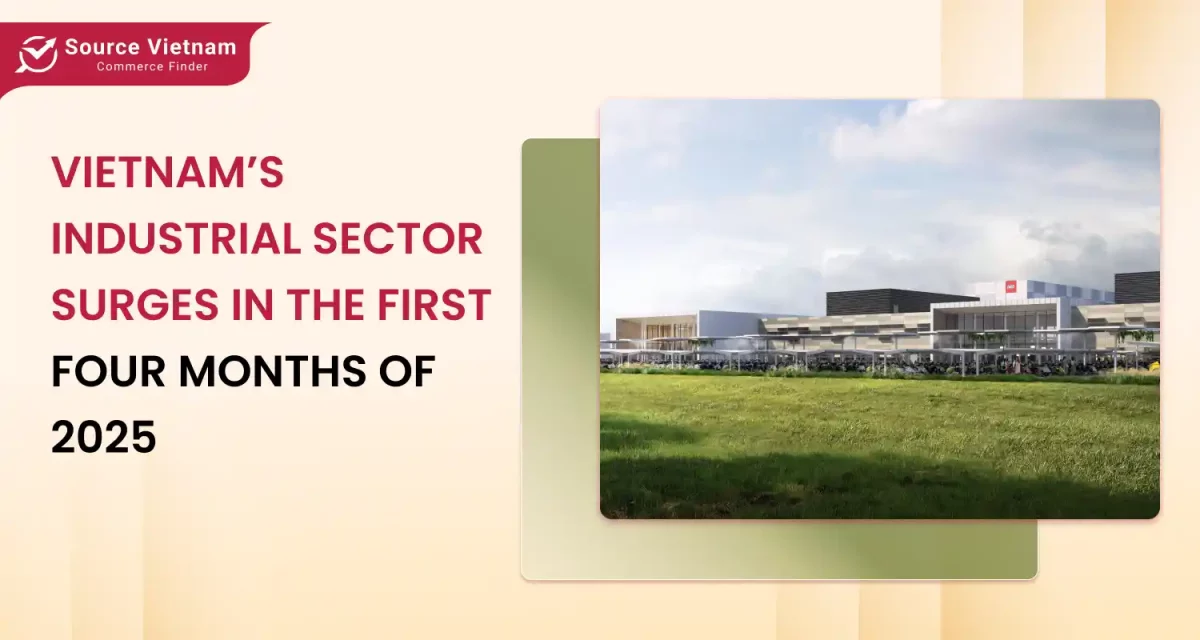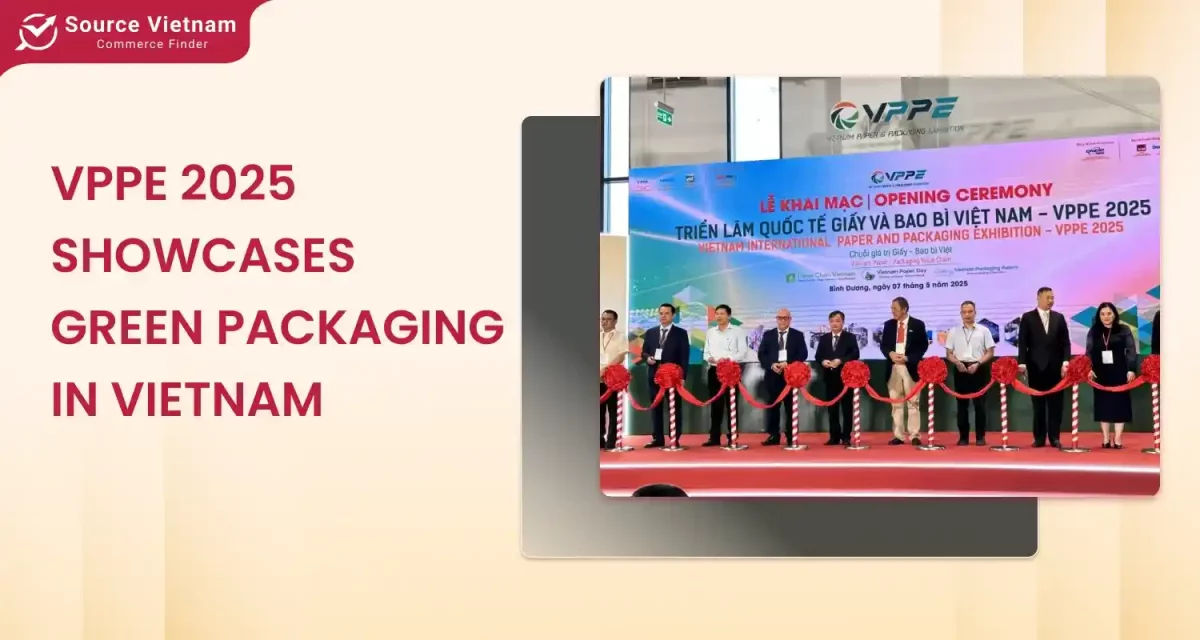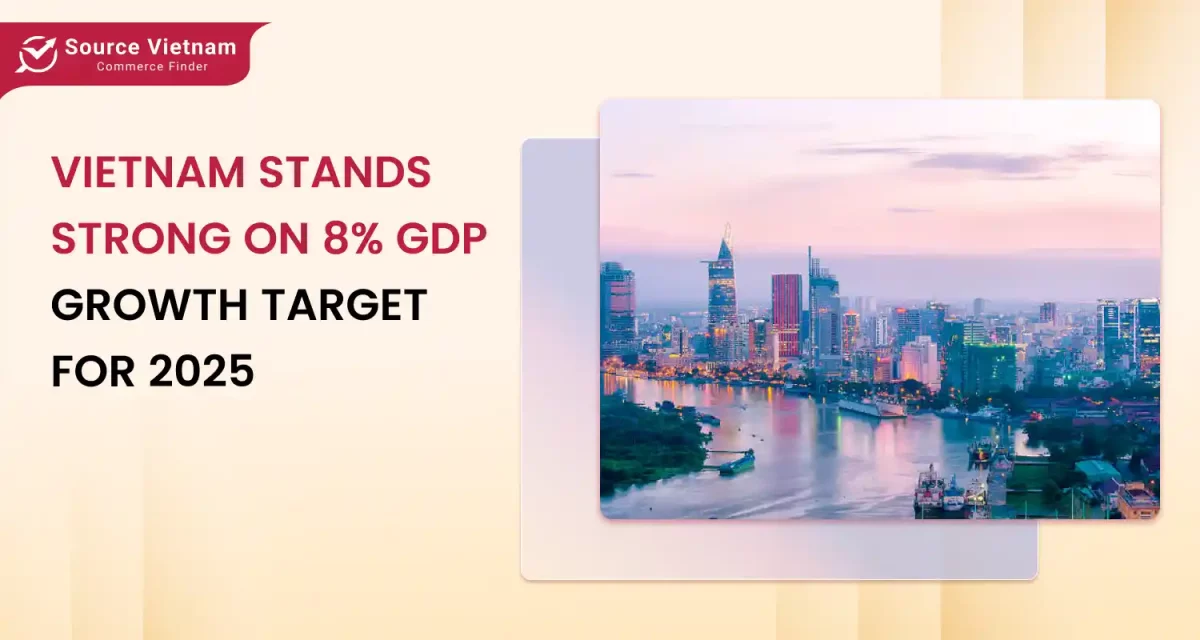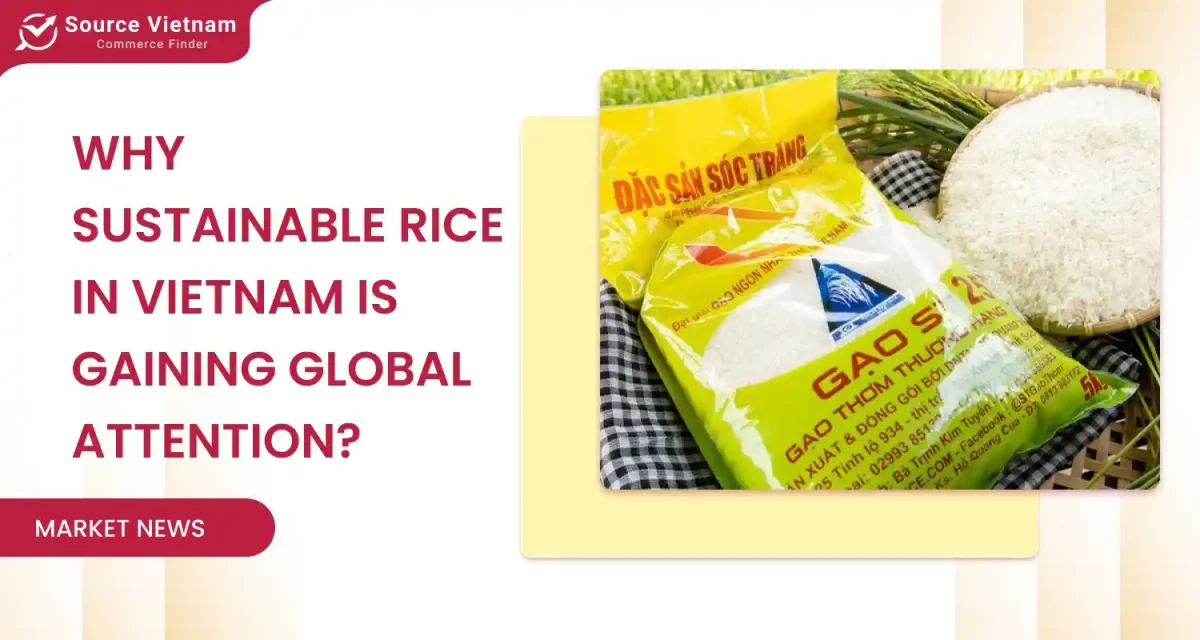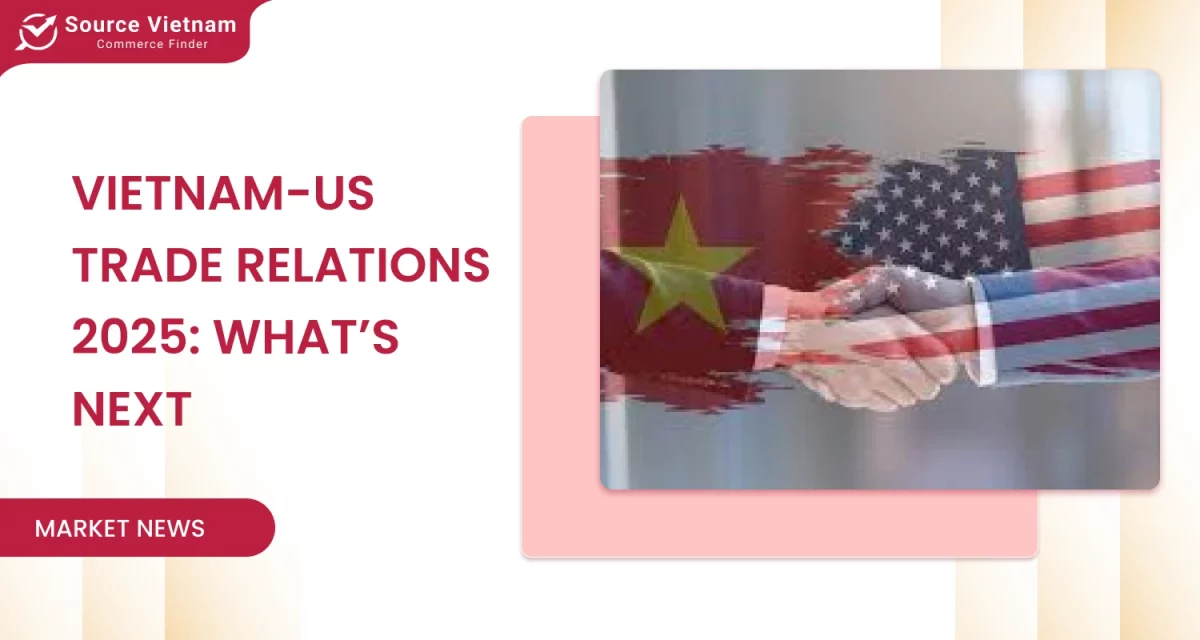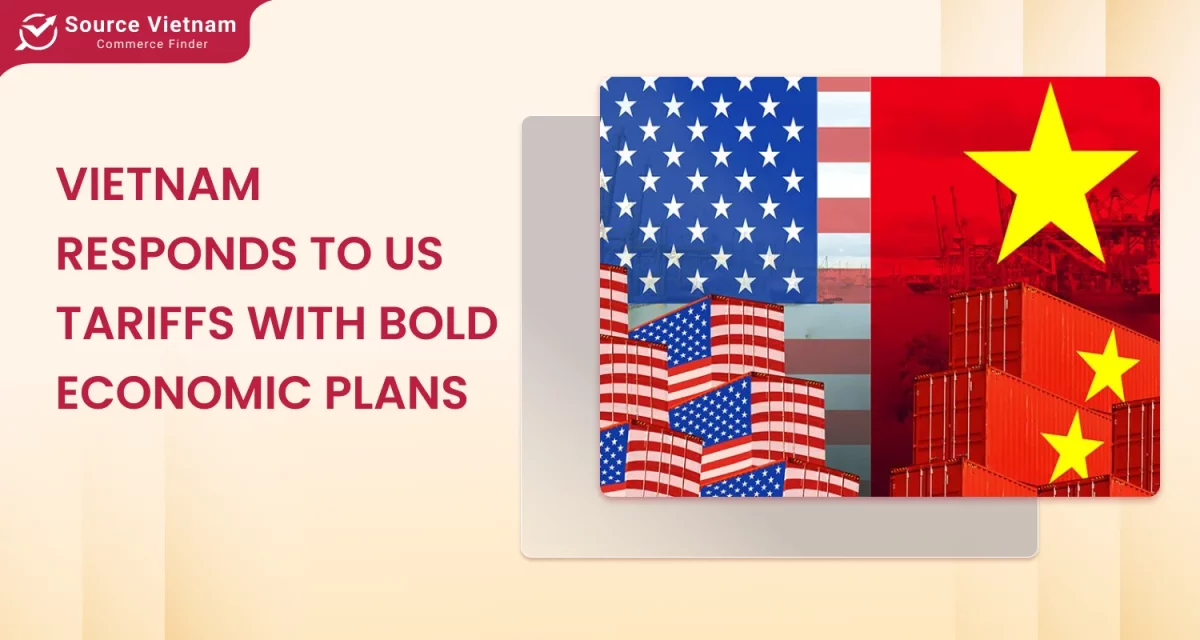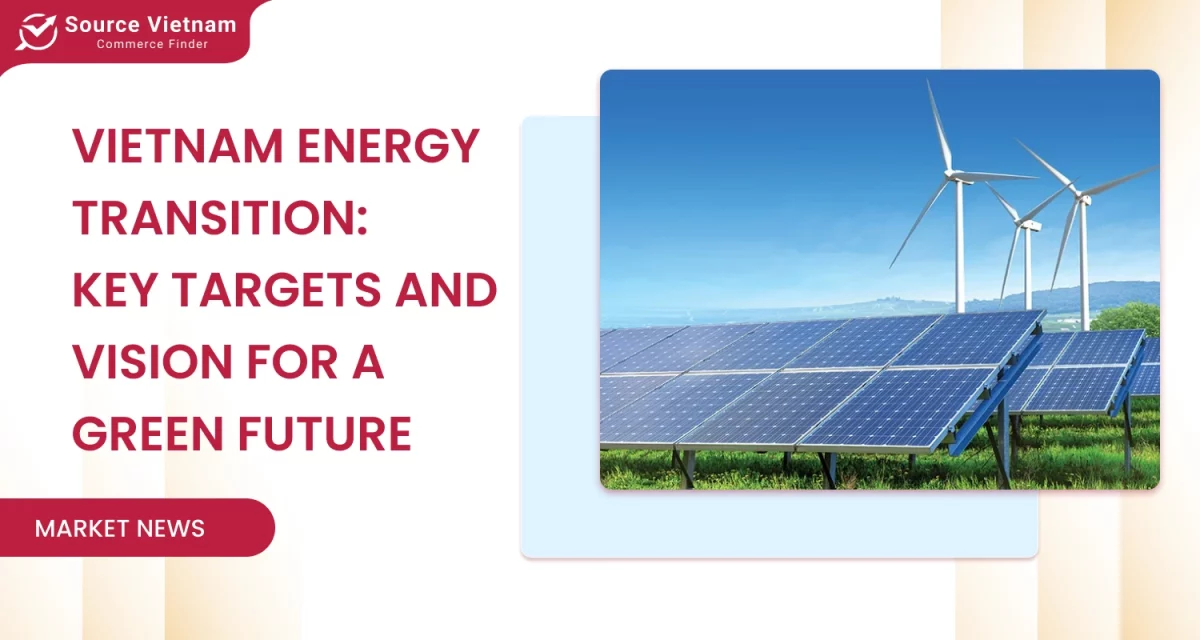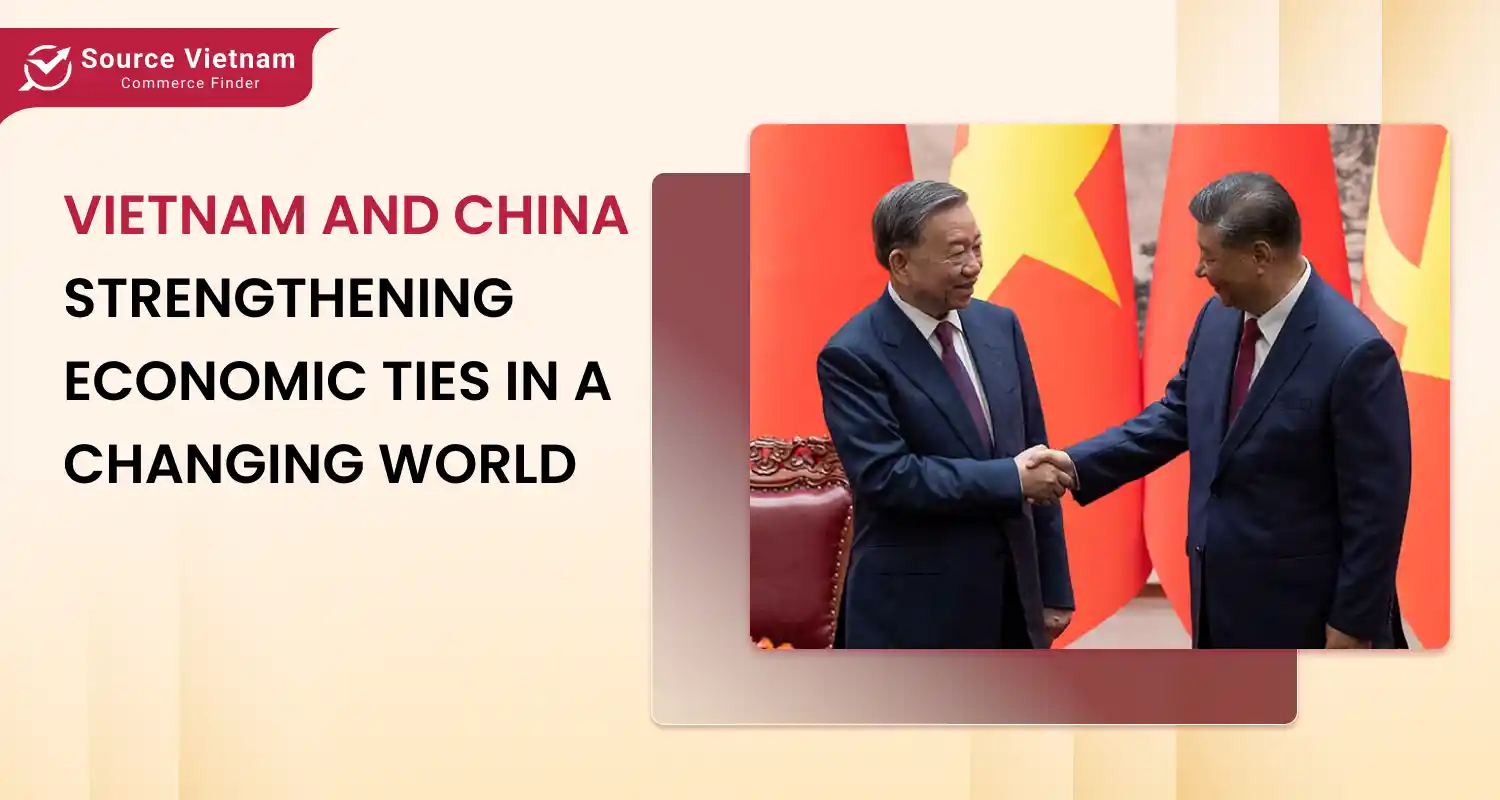
In April 2025, Chinese President Xi Jinping paid an important visit to Vietnam. This trip wasn’t just a formality, it showed that both countries are serious about working together more closely, especially in the face of growing global tensions and changes in international trade.
A visit with big impact
President Xi’s trip to Vietnam resulted in the signing of 45 cooperation agreements. These covered many areas, including trade, technology, the environment and transportation. One of the biggest highlights was the plan to build a new $8 billion railway to improve the connection between the two countries.
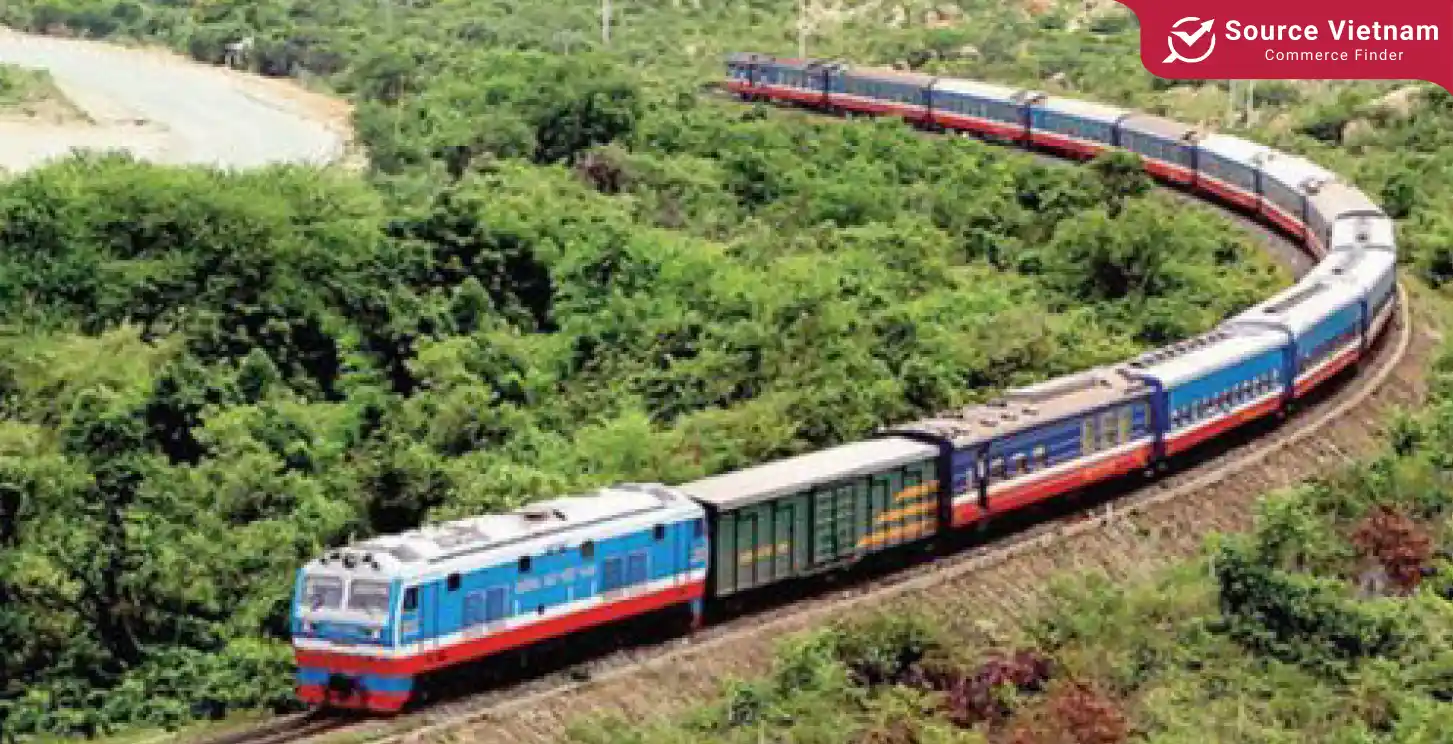
This railway isn’t just a transportation project. It shows China’s strong interest in building deeper trade ties with Vietnam and making supply chains in the region more stable. As the U.S. Continues to impose high tariffs on Chinese products, China is turning to neighbors like Vietnam to stay connected to the global market.
A delicate balancing act for Vietnam
Vietnam is currently walking a tightrope between two economic giants, the U.S and China. On one hand, it benefits a lot from trade with the U.S. In April 2025 alone, Vietnam exported over $12 billion worth of goods to America, which was a 34% increase compared to last year. On the one hand, China remains a vital partner for infrastructure, manufacturing, and regional cooperation.
This strong export growth to the U.S has caused some concerns. U.S officials suspect that Chinese products might be entering the U.S through Vietnam to avoid tariffs, a practice known as “transshipment”. In response, Vietnam has taken firm action by tightening its trade regulations and strengthening rules about the origin of exported goods.
These steps are important for Vietnam to maintain trust with international trade partners, especially as it continues to grow as a manufacturing hub in Southeast Asia.
China’s strategic move
China’s outreach to Vietnam is part of a bigger strategy. As tension rises between China and Western countries, especially the U.S, China is working hard to build stronger relationships in its neighborhood. Vietnam is a key part of that plan.
By investing in Vietnam and other countries in the region, China wants to position itself as a dependable partner. Infrastructure investments, like the planned railway, are the way for China to show that it’s committed to long-term cooperation and growth in Southeast Asia.
This strategy also helps China reduce its dependency on countries that may impose sanctions or trade restrictions in the future.
Opportunities and challenges for Vietnam
For Vietnam, a closer economic partnership with China comes with both opportunities and challenges.
On the positive side, new infrastructure can create jobs, improve logistics, and increase export.
These developments can strengthen Vietnam’s role as a major player in regional supply chains. Additionally, deeper ties with China can give Vietnam access to technology and capital that support its development goals.

However, there are also risks. Vietnam must avoid becoming too dependent on one country. It needs to keep its foreign relations balanced to protect its independence and long-term interests. Overreliance on any single partner could limit its ability to negotiate or respond to sudden changes in the global economy.
That’s why Vietnam continues to maintain strong trade ties not only with China and the U.S, but also with other countries like Japan, South Korea, and members of the European Union.
Looking ahead
The world is changing fast. Trade wars, political tensions, and shifting alliances are reshaping global economics. In this environment, Vietnam is emerging as a key player in Asia.
The visit by President Xi Jinping was more than just a diplomatic event. It was a sign that bold Vietnam and China see great value in working together more closely. But Vietnam also understands the need to play smart and stay flexible. By keeping strong ties with multiple countries and staying committed to fair trade practices, Vietnam can continue to grow and thrive.
Conclusion
Vietnam and China are stepping into a new chapter of economic cooperation. With major projects, stronger regulations, and a focus on long-term partnerships, both countries are preparing for the future.
For Vietnam, the challenge will be to take full advantage of these opportunities while carefully managing its relationships with other global powers. If it can strike the right balance, Vietnam could become one of Asia’s most important economic success stories in the years to come.

